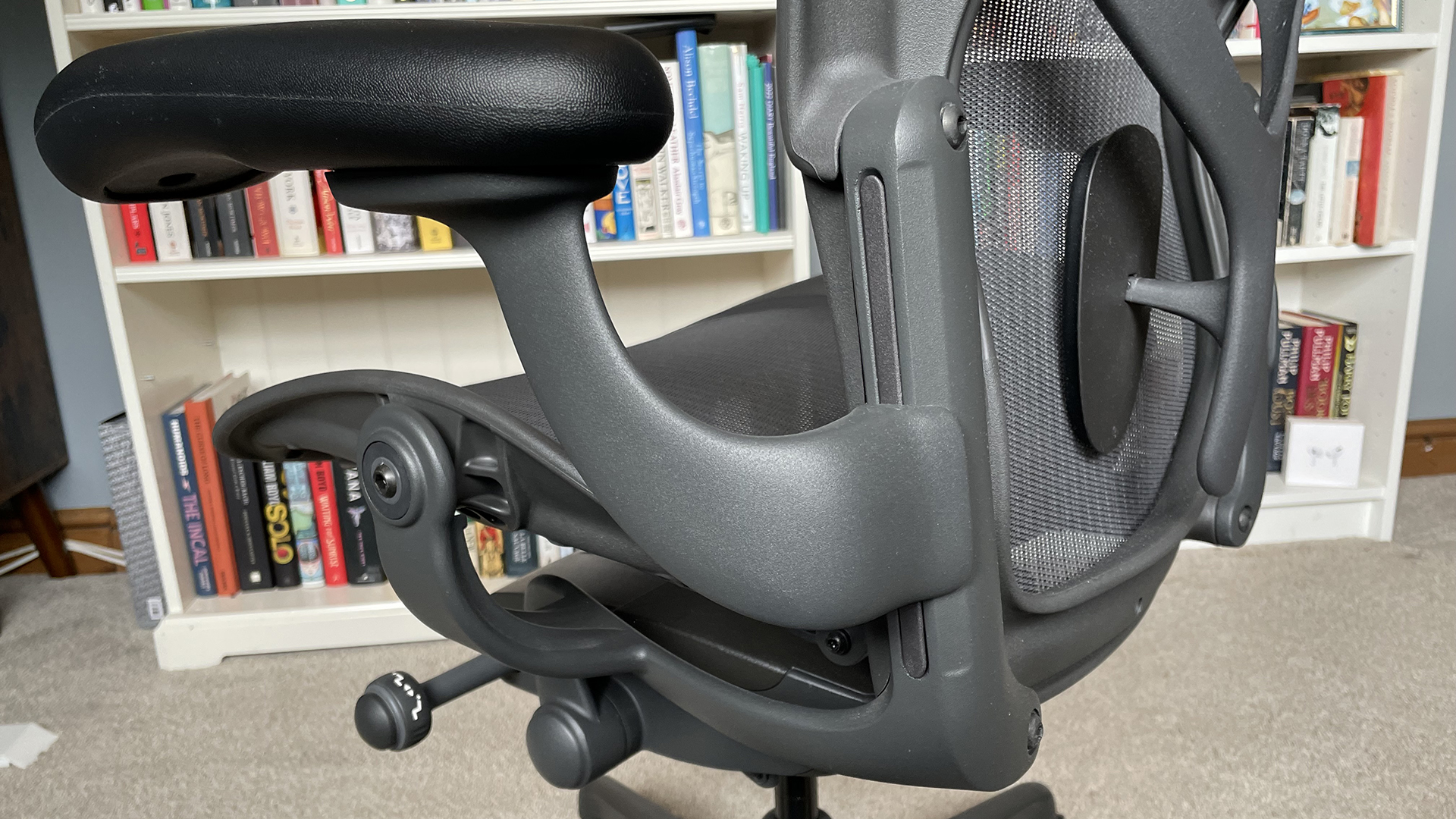
Learning how to adjust office chairs is one of the most important things you can do if you work at a desk. Because over time, all that sitting is going to have a major impact on your body and health.
Poor posture puts unnecessary pressure on your spine, which can ultimately lead to back pain, neck strain, and other musculoskeletal issues. So it's really worth making the necessary tweaks to minimise the chances of that happening, especially if you've bought one of the best chairs for back pain, which will offer a range of adjustment options.
Many of us, however, can't be bothered until we've actually experienced pain. But if you've reached that stage, then don't despair. Visiting an oesteopath and doing the right exercises can in most case solve back issues, over time, if they're not too advanced. And that means it's still not too late to adjust your chair, find your perfect position, and keep your spinal health on the straight and narrow. It's not actually that hard...
Extra comfort
It's not just about protecting your back, of course. Adjusting your chair properly will also make it more comfortable and enjoyable to sit in. Our reviewer of the expensive and highly-rated Herman Miller Mirra 2 went through this exact process. "At first, I didn't get the hype at all, but that was before I adjusted it properly," she explains. "Once I'd tweaked the chair – even small adjustments made a big difference – I've found it to be supremely comfortable."
This might seem like a faff, and it often does take a bit of time and effort to get right. But as this reviewer notes: "The good part is that once you've adjusted your chair to you, as long as no one else is using it, your work is done. You can then sit back and enjoy the chair."
Features vary
In this article, we'll explore the full range of adjustments you can make to office chairs for optimal enjoyment. Having said that, be aware that not all office chairs offer the chance to make all these adjustments; even some very pricey ones.
For example, the entry-level model of the Herman Miller Aeron has fixed arm rests and fixed lumbar support that you can't alter in any way. However, our reviewer found that its beautifully ergonomic design fitted his body perfectly, so in his case that wasn't an issue.
If your chair is not naturally putting your body in the right alignment, though, and doesn't offer the necessary adjustments to put things right, then it's worth investing in a different one. Check our guide to the best office chairs for back pain to consider your options.
Get the Creative Bloq Newsletter
Daily design news, reviews, how-tos and more, as picked by the editors.
01. Seat height adjustment
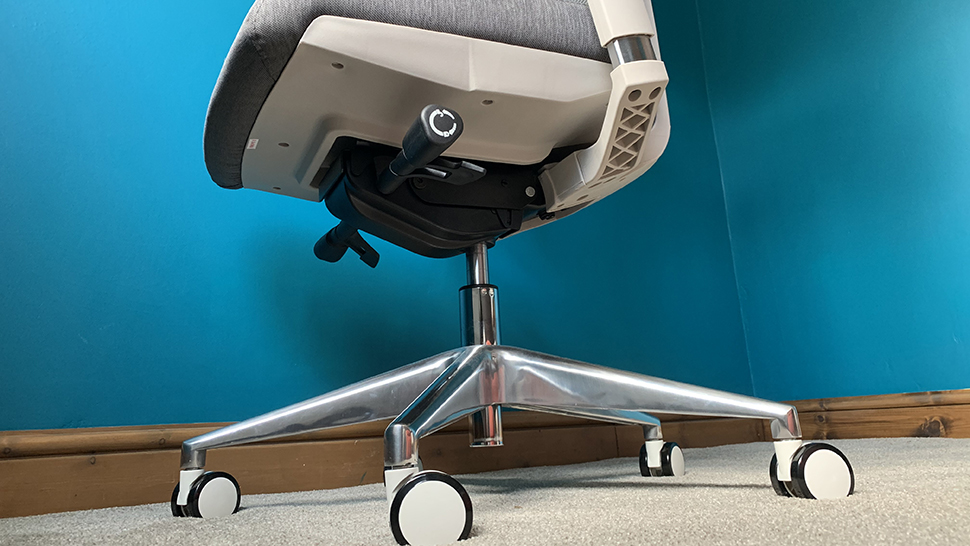
The seat height adjustment is one of the most critical adjustments for maintaining proper posture. Even quite affordable office chairs, such as the Flexispot Ergonomic Office Chair OC13, offer this type of adjustment.
To adjust the seat height, there'll usually be a lever or knob, either on the right or left side of the seat. This will allow you to raise or lower the seat until your thighs are parallel to the floor, and your knees form a 90-degree angle. Your feet should be flat on the floor, or on a foot rest if needed.
02. Backrest adjustment
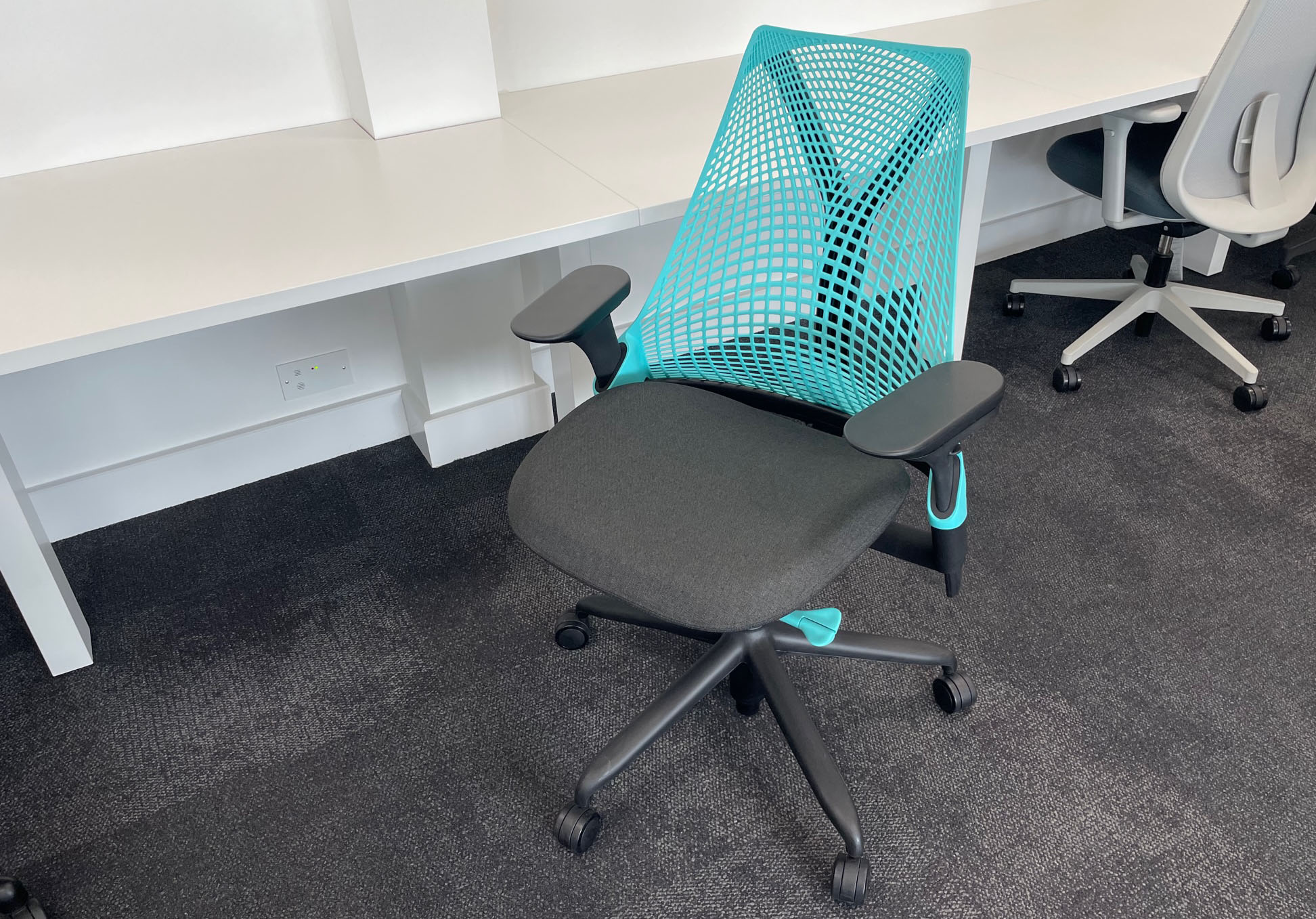
The backrest adjustment allows you to change the angle and sometimes the height of the backrest to support your lower back properly. Most chairs will have a knob or lever on the backrest or under the seat to adjust the backrest angle (often referred to as tilt).
Note, though, that these controls won't always come as standard: on the Herman Miller Sayl, for example, you'll have to pay extra for this.
Some office chairs also have a locking mechanism that allows you to fix the backrest in a specific position. You should use these controls to adjust the backrest until it provides comfortable support for your lower back, while maintaining an upright posture.
03. Seat depth adjustment
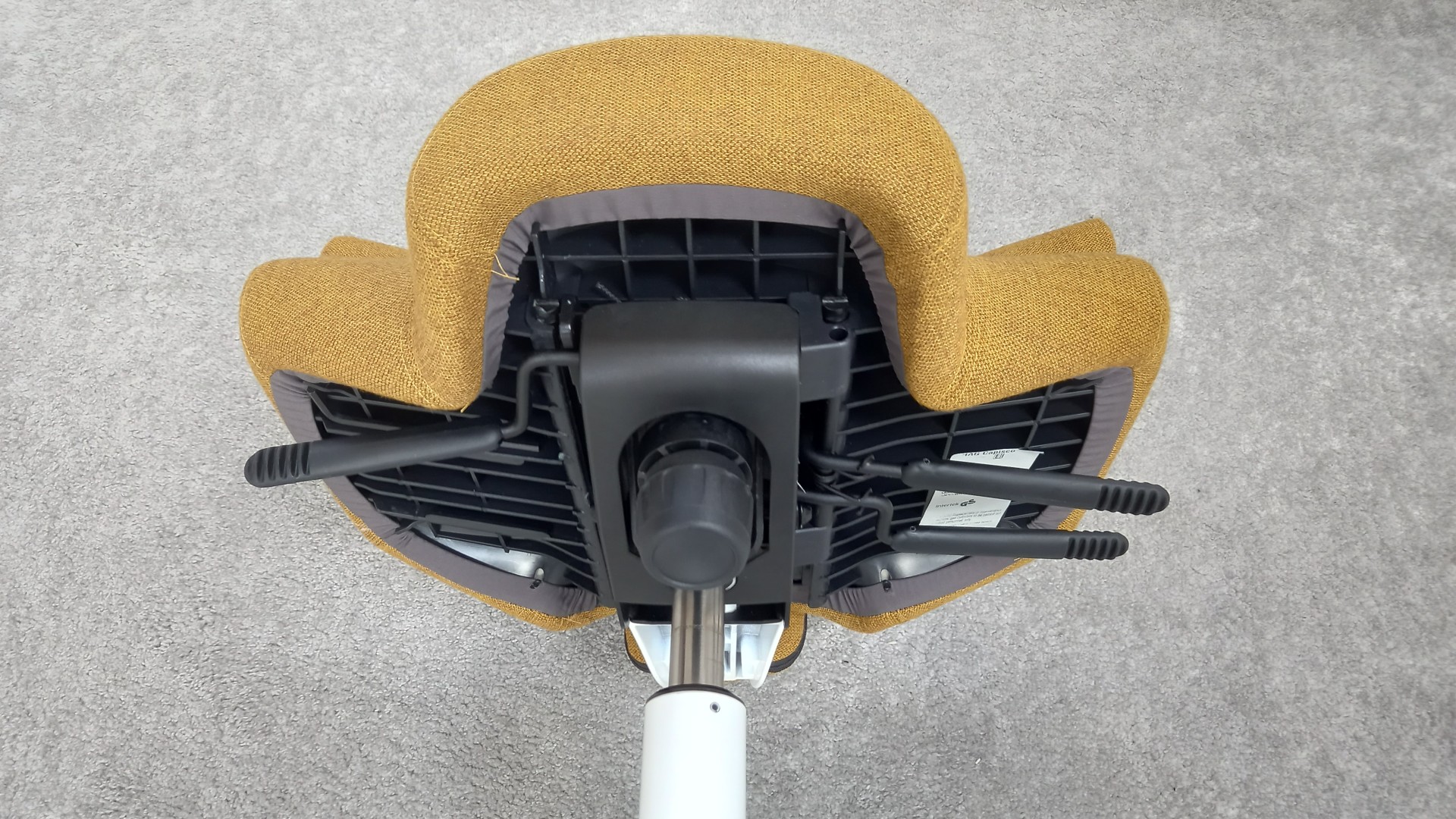
Seat depth adjustment ensures that the back of your knees doesn't press against the front edge of the seat, which can cause discomfort and restrict blood flow when sitting for long periods. Your aim should be to adjust the seat depth so there's about a fist's distance between the back of your knees and the front edge of the seat.
One example from amongst the chairs we've reviewed is the saddle-seat style HAG Capisco 8106 chair, which has a lever or knob that lets you slide the seat pan forward or backward. The Sihoo M90D chair, meanwhile, provides the option for an extended wide seat (22-inches instead of 20.5)
04. Armrest adjustment
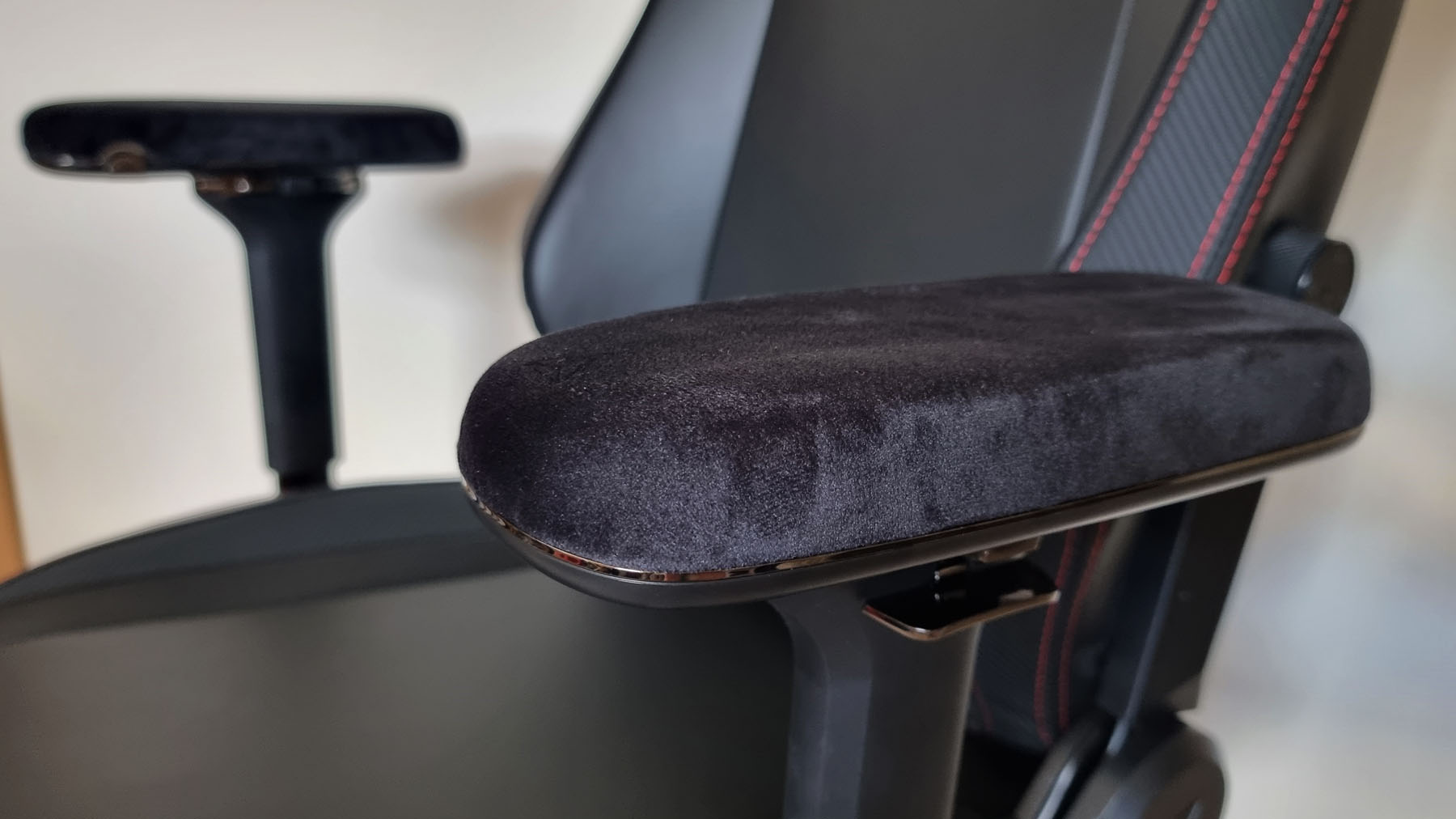
Properly adjusted armrests can help reduce the strain on your shoulders and neck. Look for buttons or levers on the armrests to adjust their height, width and angle. Your aim should be to position the armrests so that your forearms rest comfortably on them, your shoulders are relaxed and your elbows form a 90-degree angle.
Our reviewer rated the Secretlab TITAN Evo chair highly in this regard. "I love how you can adjust the angle at which [the arm rests] sit, and the large manual buttons for controlling them are easy to use and well laid out," he enthuses.
05. Lumbar support adjustment
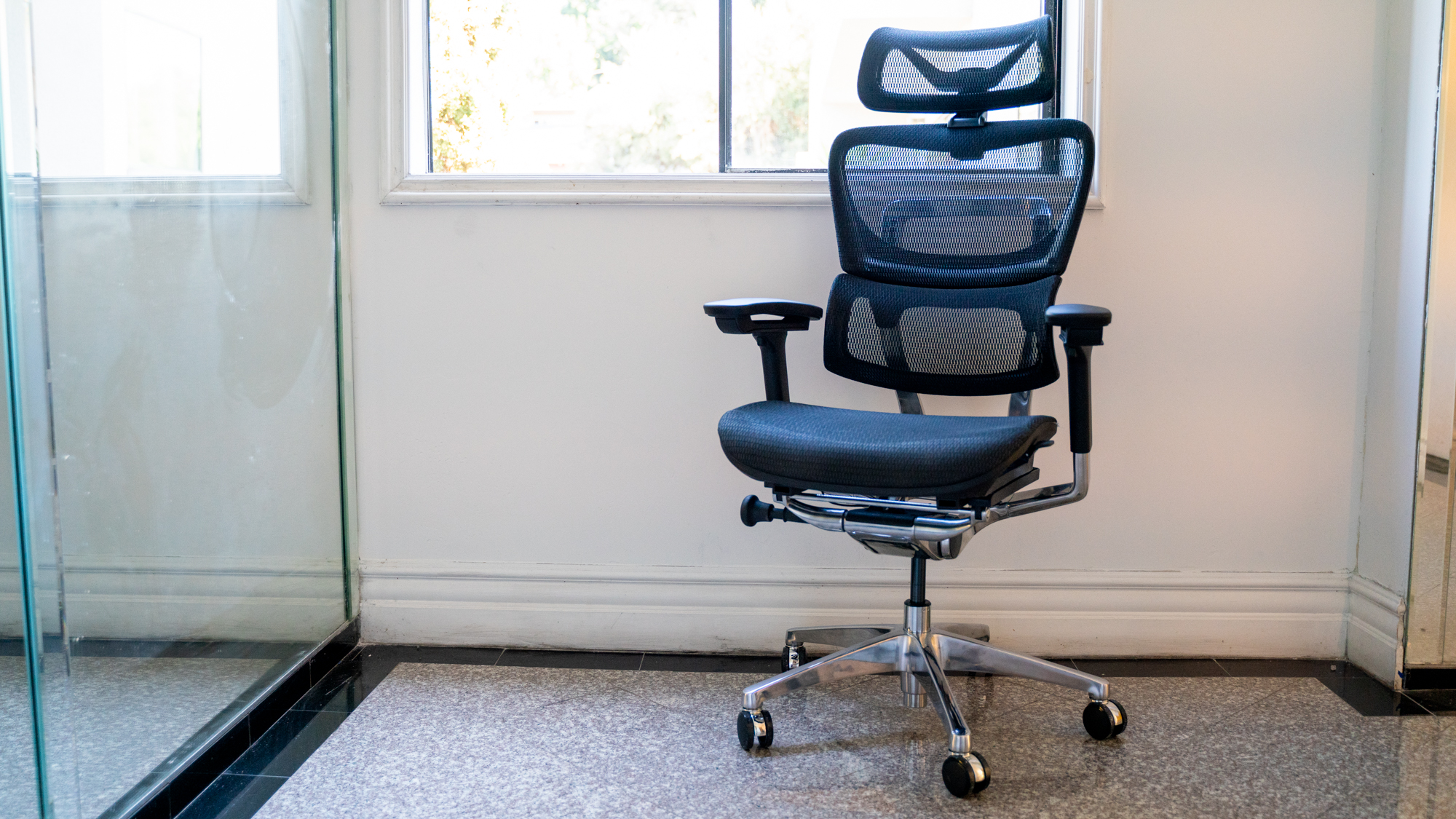
Many office chairs have built-in lumbar support to promote proper spinal alignment. If your chair has adjustable lumbar support, locate the knob or lever (usually on the backrest) and adjust the height and depth of the lumbar support until it fits comfortably into the curve of your lower back.
Our reviewer was impressed by the OdinLake Ergo PLUS 743 in this department. "The lumbar support has the ability to move back and forth based on the amount of weight you put on it," she explains. "That not only provides you back support but also ensures that you’re not putting undue pressure on your spine. Plus, it’s just fun to use."
06. Headrest adjustment
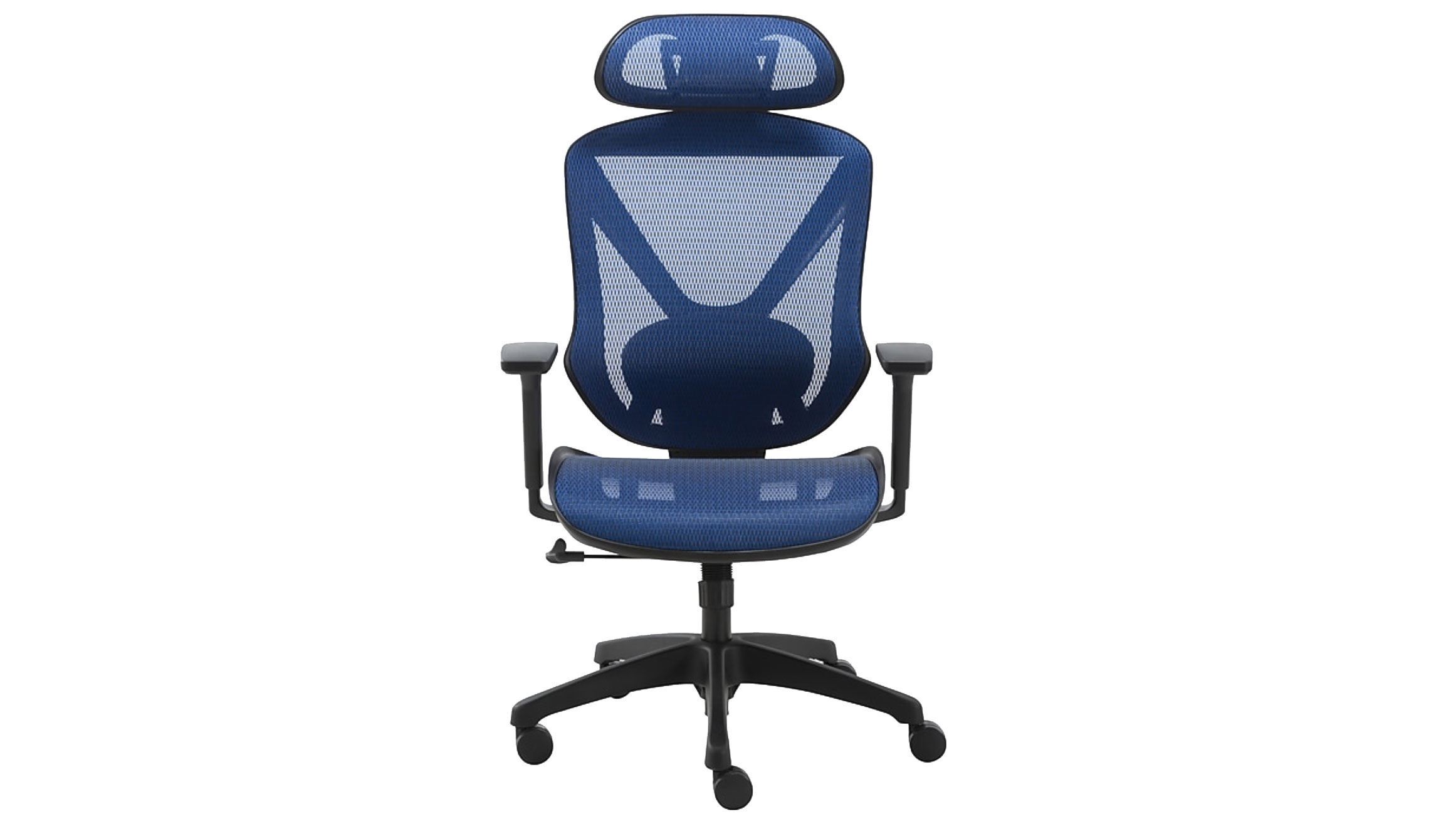
Not every office chair has an adjustable headrest, but this is a feature that comes with a lot of models, including some of the best budget office chairs, such as the Union & Scale FlexFit Dexley Mesh Task Chair.
If your office chair has one, adjust it so that it supports the back of your head without pushing your head forward. The headrest should be positioned at a height that allows your neck to remain in a neutral position while you're sitting upright.
Once you've made all the necessary adjustments, take some time to sit in the chair and make any final tweaks as needed. Take note of what differences it makes to how you feel at the end of a working day, and continue to make tweaks over time accordingly.
Finally, bear in mind this important point: even if you are sitting in the right position, that won't automatically prevent back, neck or shoulder pain. Prolonged sitting by itself will usually cause problems, so make sure you take regular breaks to get up and move around, and do desk exercises (or just plain old regular exercises) to keep your body flexible and supple.

Thank you for reading 5 articles this month* Join now for unlimited access
Enjoy your first month for just £1 / $1 / €1
*Read 5 free articles per month without a subscription

Join now for unlimited access
Try first month for just £1 / $1 / €1

Tom May is an award-winning journalist and editor specialising in design, photography and technology. Author of the Amazon #1 bestseller Great TED Talks: Creativity, published by Pavilion Books, Tom was previously editor of Professional Photography magazine, associate editor at Creative Bloq, and deputy editor at net magazine. Today, he is a regular contributor to Creative Bloq and its sister sites Digital Camera World, T3.com and Tech Radar. He also writes for Creative Boom and works on content marketing projects.
